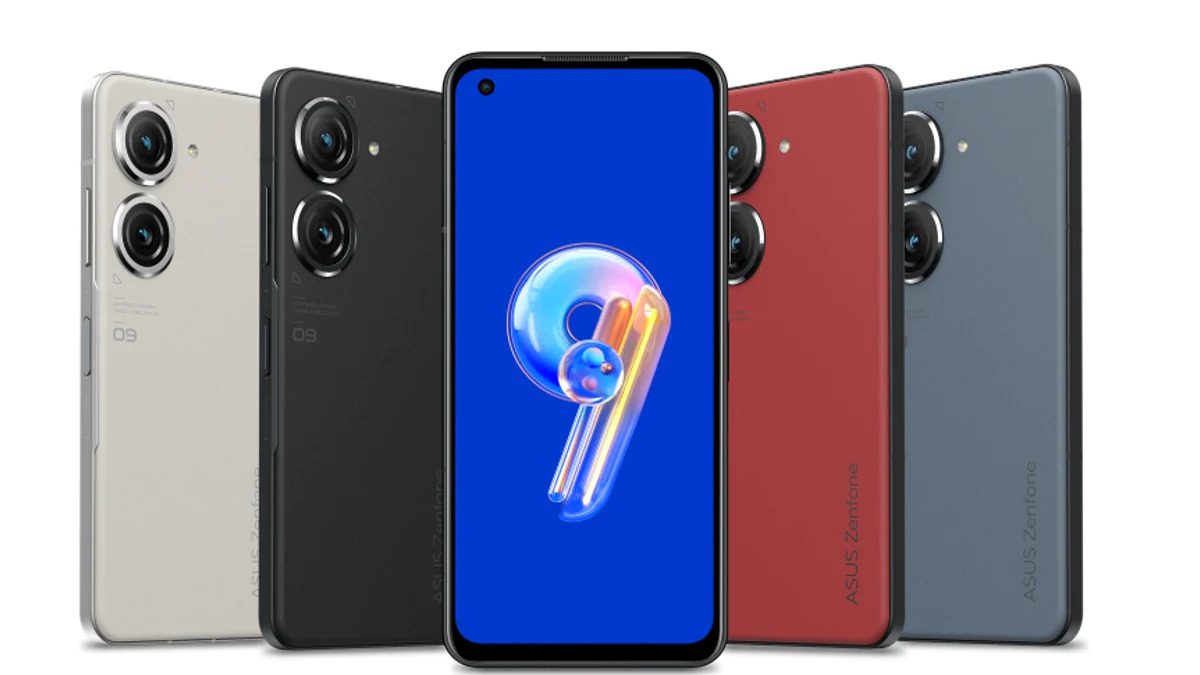The Zenfone series from Asus wasn’t always compact. The 6.7-inch screens that were and still are common in the Android market were featured on the Zenfone 7 and Zenfone 7 Pro just a few years ago. But starting with the Zenfone 8 from a year ago, Asus changed course with the condition that the phone had to be compact. In fact, the engineers and designers had certain benchmarks to aim for: the device’s width had to be smaller than 70mm. Asus was successful in achieving that goal, and the Zenfone 8 was a very simple one-handed phone. Perhaps as a result of the complete lack of alternatives, nearly every tech journal called it the best compact Android phone.
The Zenfone 8 didn’t have any unique characteristics besides its size, though. It used the same processor that every other Android flagship, had subpar cameras, and, perhaps most heinously, had one of the silliest and most generic designs.
All of that changes with the Zenfone 9: it has a visually stunning design that feels fantastic, an enhanced main camera accompanied by a tiny gimbal stabilization system, a brand-new Snapdragon flagship engine that may be making its appearance in North America, and yes, Asus still succeeded in maintaining the phone small. With a base price of $699, the Zenfone 9 is an obvious choice for anyone searching for a tiny phone as well as a solid flagship at an affordable price.
Zenfone 9 India Release Date
The Asus Zenfone 9 is expected to be available in India on August 31, 2022. The phone is likely to cost slightly less in the Indian market, with a base price of Rs 60,557. However, Asus is yet to officially confirm the launch date and costs for India. The gadget has a 5.92-inch AMOLED screen with a 120Hz refresh rate and is operated by a Snapdragon 8+ Gen 1 SoC. The phone’s 50-megapixel dual rear camera setup with a 6-axis hybrid gimbal OIS/EIS stabilizer is its major USP.
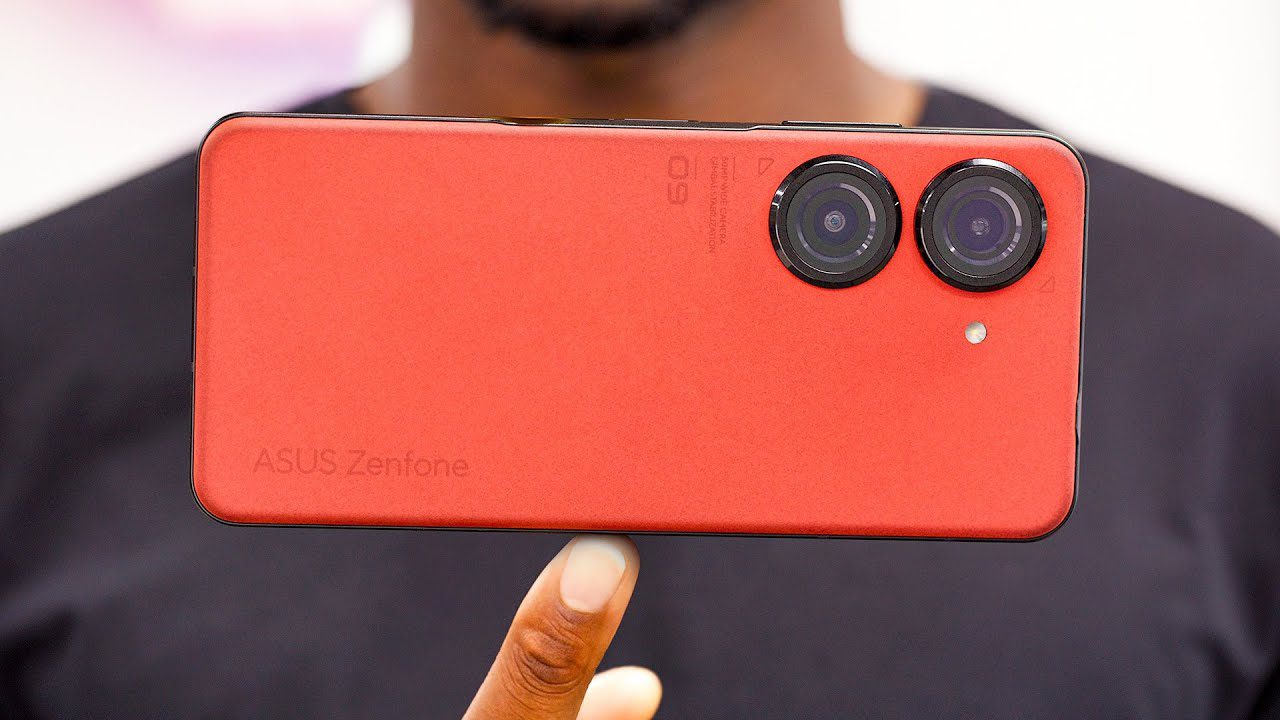
There are three alternative memory setups: 16GB RAM and 256Gb of internal storage, 8GB RAM and 256Gb of internal storage, and 8GB RAM and 128Gb of internal storage. According to the company, it will initially be made available in Hong Kong, Europe, and Taiwan before expanding to Japan, North America, Indonesia, and parts of South America.
Zenfone 9 Features
The promo video provides a ton of information on Zenfone 9 Features as well. One of the features is a 5.9-inch 120Hz OLED display. Other features include a Snapdragon 8 Plus Gen 1 CPU, a 4,300mAh battery, and a side fingerprint scanner. Additionally, we have information about the camera, which is a 50MP IMX766 primary camera with “gimbal stabilization.” Although there is no information available regarding the secondary back camera, we assume it is a 12MP ultrawide camera. Back tap gestures similar to those found on the Google Pixel 6 were one of the initial rumored talking points with the Zenfone 9. Although it appears to be a double-tap gesture, we’re not yet sure what it does or if it can be mapped.
Let’s talk about Zenfone 9 Features in detail:
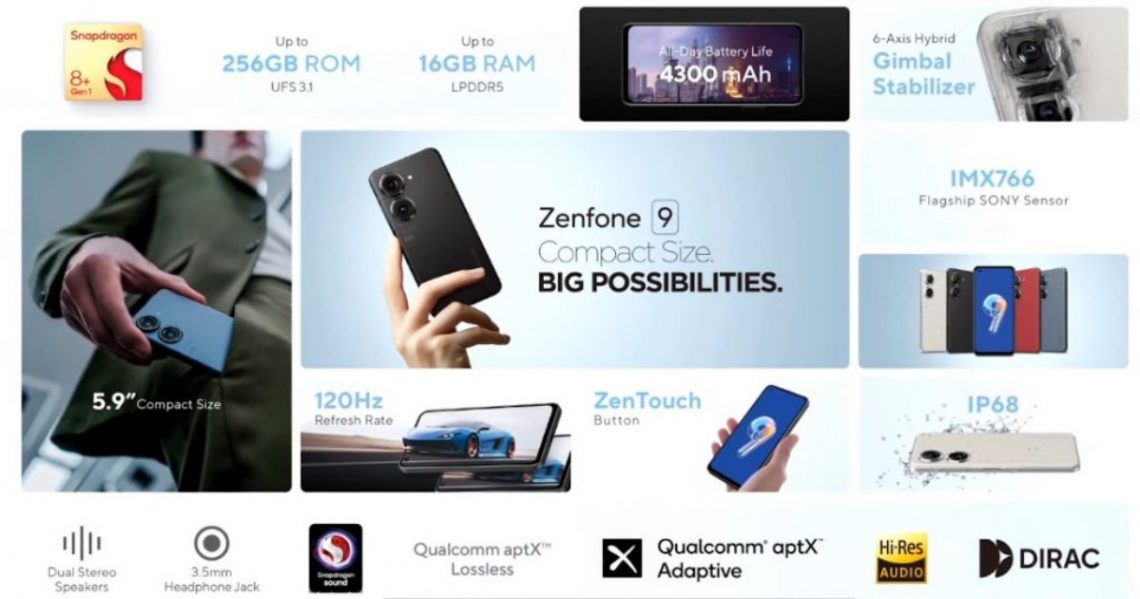
Hardware And Design
One complaint we frequently hear from fans of phones is that companies save the best hardware features for large phones while placing smaller phones in a lower category. In any case, Asus engineers brought up a valid issue during a recent media briefing: building a compact flagship in 2022 will be considerably harder than it was a decade ago because the top mobile components have grown significantly in size. Asus claims that the Zenfone 9’s Qualcomm Snapdragon 8 Plus Gen 1 processor is 10% bigger than the Snapdragon 888 from the previous year.
The Zenfone 9’s upgraded camera system has a 40% bigger sensor than the Zenfone 8’s. The battery and cooling system of the Zenfone 9 is also significantly bigger than they were last year. Asus still managed to maintain the Zenfone 9’s total footprint at a level that is comparable to the Zenfone 8. By 2022 standards, the Zenfone 9 is still a tiny phone at 146.5 x 68.1 x 9.1 mm and 169g.
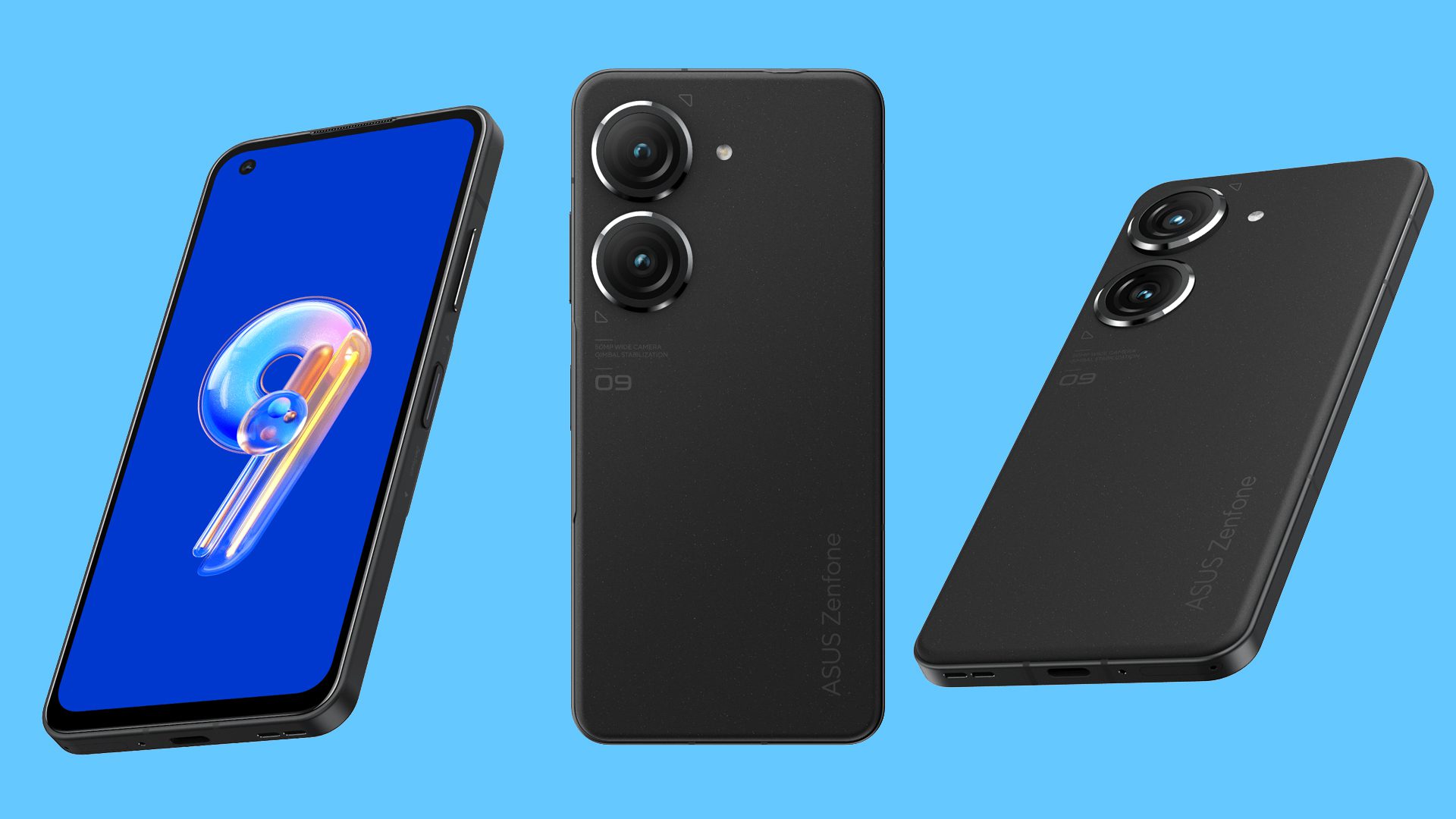
Asus engineers said two factors allowed them to retain the Zenfone 9 the same size as the 8 while using larger components: switching to a polycarbonate back panel, which is lighter than the back panel used last year, and the Zenfone 9 has a boxier design instead of the curved, tapered edges and corners of last year. By doing this, Asus is able to pack in more components without having to increase the phone’s height and width.
Size
The majority of people are always in favor of huge phones in the argument between them and small phones. While it’s true that smaller phones are easier to hold and slide into pockets, many people these days spend more time staring at their phone screens than any other device. And material looks much better on an iPhone 13 Pro Max compared to an iPhone 13 Mini, whether you’re reading a press release, viewing a TikTok video, or simply framing a shot. Most consumers are willing to give up a little bit of hand convenience and pocket space in exchange for a screen that is more immersive and doesn’t make them blink.

The 5.9-inch screen on the Asus Zenfone 9 would be the ideal size. Modern apps, especially social media, which are all about beautiful images, just feel too crowded on anything smaller, like the iPhone 13 Mini’s 5.4-inch display. In our opinion, the Zenfone 9’s general design is approximately the right size for a “compact phone” in 2022.
Display
Technically speaking, based on spec sheet statistics, the 5.9-inch 120Hz OLED panel on the Zenfone 9 isn’t sufficient to compete with other premium flagship displays. For instance, since the Zenfone 9 screen is not an LTPO panel, you must pick between a refresh rate of 60Hz, 90Hz, or 120Hz; the resolution of 1080 x 2400 has fewer pixels than WQHD+ screens, and the maximum brightness of 800 nits is not as brilliant as the iPhone 13 Pro or Galaxy S22 Ultra screen.
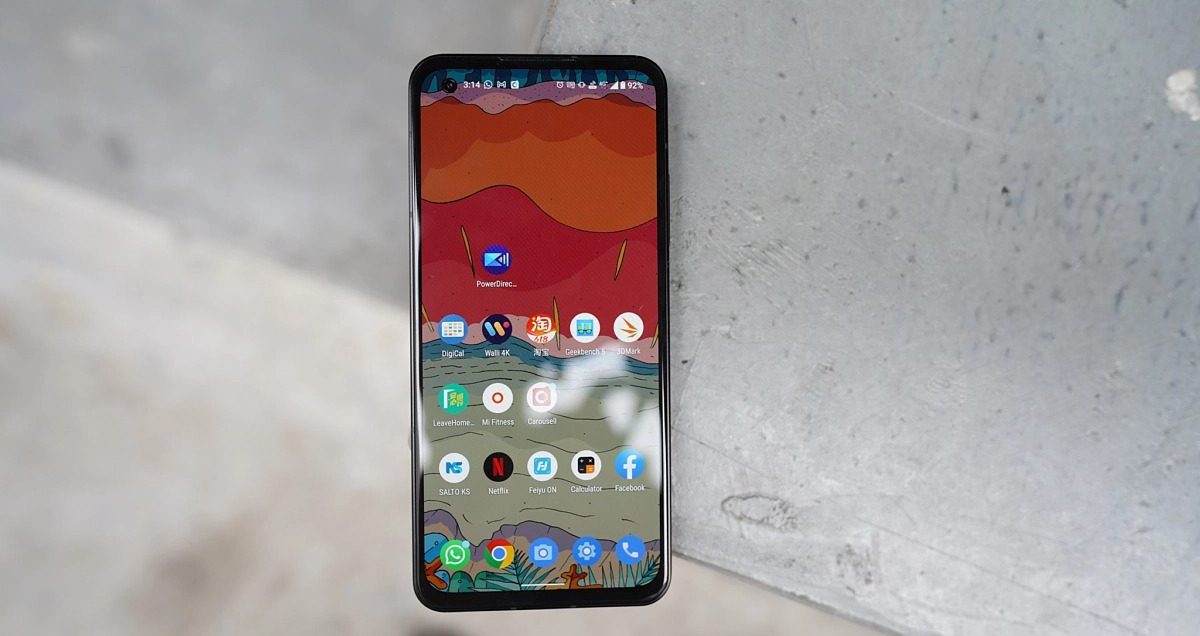
You know what, however, 99 percent of people don’t actually care about this. The only time you will feel the maximum brightness is insufficient is when you are outside in direct sunlight. The screen is sharp enough, and the colors pop sufficiently. Also, keep in mind that the Zenfone 9 is 30–40% less expensive than every other phone. This screen serves its purpose admirably.
Memory And Hardware
Asus Zenfone 9 is one of the first smartphones featuring the Qualcomm Snapdragon 8 Plus Gen 1 CPU to enter North America. Reviewers put a few of these chips to the test, and the main conclusion is that it has considerably more energy efficiency. This, along with the relatively bigger 4,300 mAh battery, results in a compact phone with unexpectedly outstanding battery life. In fact, the battery life of the Zenfone 9 might be the best of any tiny phone. The Zenfone 9 can sometimes last longer than other phones like the Pixel 4a and iPhone 13 Mini. Battery life will be discussed in greater detail in further sections. There is no wireless charging available, and the battery may only be charged at a maximum rate of 30W.
The Zenfone 9 come equipped with 8GB of LPDDR5 RAM and 128GB of UFS 3.1 space, with a 256GB option available as an upgrade. The RAM is doubled to 16GB in the most expensive model. It’s strange that there isn’t a 12GB choice in between. The highest 16GB edition of the review unit was given to the reviewers, and they reported that it had worked fast and smoothly. However, we believe the model with 8GB of RAM will work quite fine. Other hardware components range from fair to excellent, including stereo speakers that sound well for a tiny phone, an acceptable haptic engine, and IP68 water- and dust resistance.
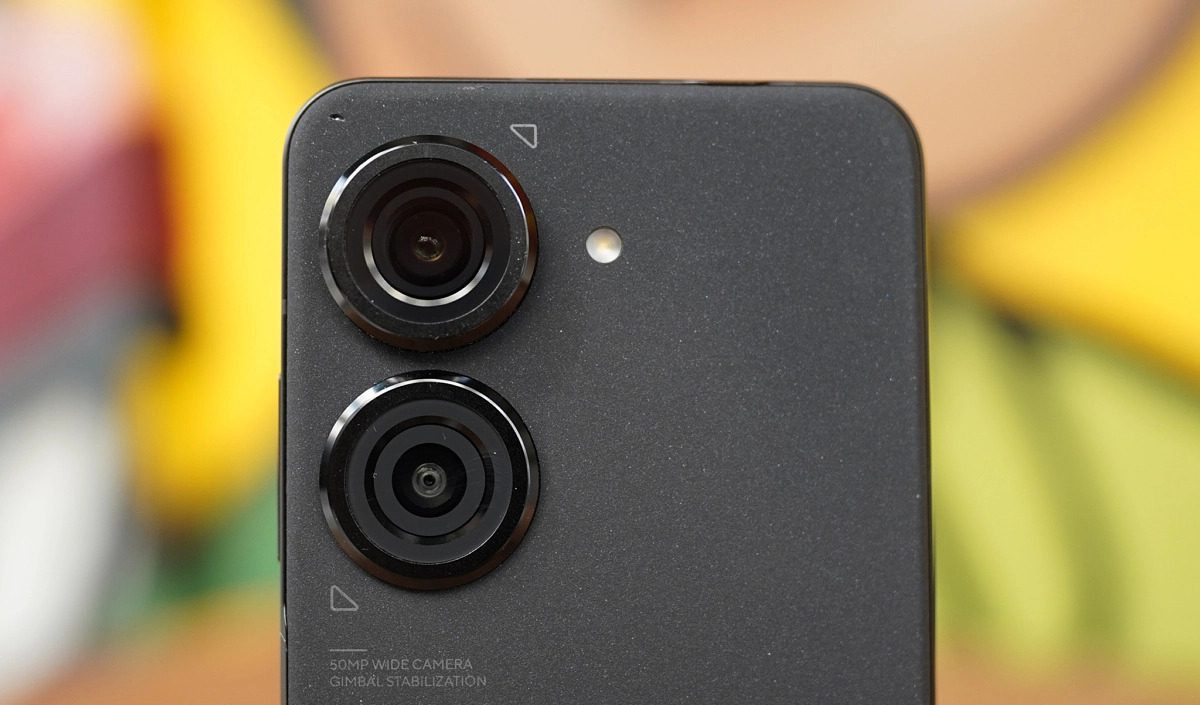
Plastic Back
It has a polycarbonate back plate with a gripping, sandstone-like texture. The upper left corner of the rear side has two sizable camera lenses along with some text and strange arrow markings. The other three quadrants of the back side are completely clear. The flat sides of the aluminum chassis are not as sharply angled as those of an iPhone 12 or 13, and the edges are gently chamfered so that your palm is not pinched by the corners. The metal railings contain a number of interesting features. The first is a touch-sensitive panel that serves as both a fingerprint scanner and a power button on the right side. With the help of this panel, you can link swipes to app launches or other activities. The presence of a 3.5mm headphone port is the second interesting feature.
Cameras
The dual-lens camera system on the Zenfone 9 consists of a 50MP main (wide) camera with an f/1.9 aperture and a 12MP ultra-wide camera. The primary shooter uses a Sony IMX766 sensor, a well-known and reliable sensor with a 1/1.57-inch image sensor. A spoiled reviewer won’t be impressed by the 1/1.57-inch, but it’s still a significant size improvement over the image sensor on the iPhone 13 Mini or the Zenfone 8 from a year ago. What’s more interesting is that the primary camera is held steady by a tiny three-axis stabilization mechanism that keeps the lens floating. You can literally see the lens change if you move the phone.
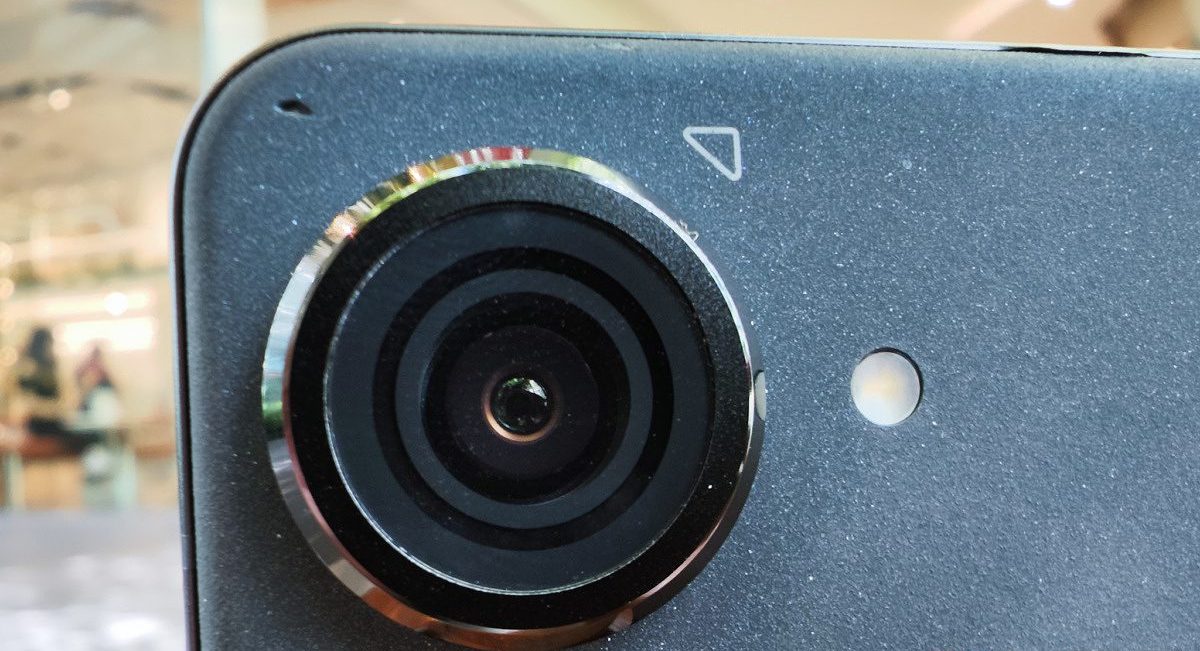
Don’t expect Asus’ gimbal to work miracles, just like Vivo’s gimbal system. It won’t completely eliminate shakes and bobs as a big gimbal can for actual cameras. But compared to a standard OIS system, this little gimbal actually helps in stabilization. According to an Asus representative, the gimbal allows for an extra three degrees of movement in the X and Y axes and can even correct for some “yaw movement,” which is the wobbling of the phone from the left to right while facing the same direction. Yaw motions are not taken into account by conventional OIS systems. The Zenfone 9 is shown stabilizing a yaw movement shaking in the promo video, which is followed by a number of handheld video samples taken in a variety of lighting settings, including on a bumpy Hong Kong tram.
The gimbal does help generate amazingly smooth panning shots even when you’re holding the phone with one hand. It also does help minimize some of the vibrations that come from yanking the phone’s yaw movement back and forth. However, a video of a person walking and talking will still show that up-and-down bobbing motion, especially when the person is climbing stairs. Additionally, nighttime footage will show more micro-jitters than daytime footage. Given how compact and light the phone is, we believe it can serve as one of your primary travel cameras.
Also Read: iPhone 14: Release Date And Price
Still Photos
The Zenfone 9’s cameras can take images of varying quality, and it has a unique gimbal stabilization system. When the lighting is ideal, and your hand is steady enough, images taken with the main camera can occasionally have gorgeous colors, superb sharpness, and even a hint of genuine bokeh. Although the shutter is a bit slow even during the day, you’ll need to maintain absolute stillness at night because that’s when phones prefer to slow down the shutter speed and go to night mode. The reds, in particular, are too contrasted in Asus’ color science.
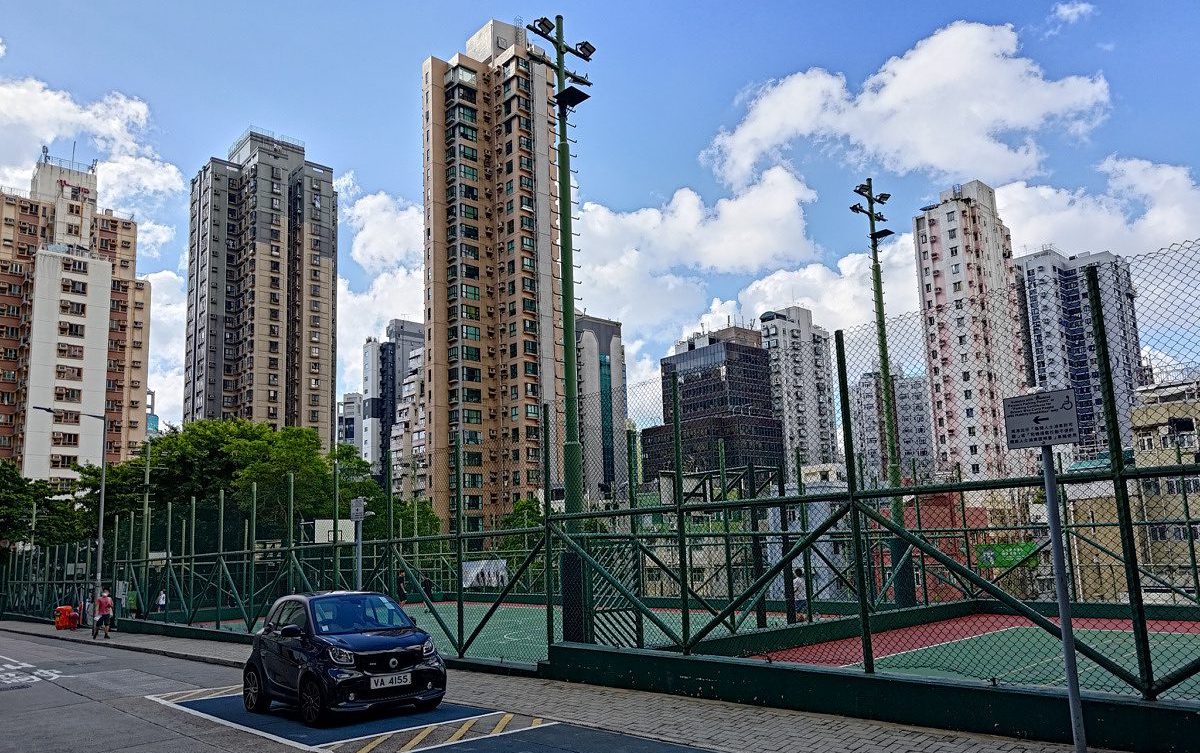
The ultra-wide camera and the selfie camera can be compared in the same way; at a price range like this, it performs perfectly enough, but it naturally falls short of flagship smartphones that cost more. Ultra-wides are beautiful during the day, but when the light is dim, noise and sharpness start to become noticeable in the images. The slow shutter of the primary camera affects the selfie camera as well. When shooting in low light, the subjects must remain motionless for at least a second and a half, or else their faces will get blurry.
Actually, the cameras are fine if you take into account the Zenfone 9’s substantially lower pricing. The cameras of the Asus Zenfone 9 hold up very well when compared to devices like the iPhone 13 Mini. In the end, the Zenfone 9’s camera system produces excellent photos and solid videos. The only legitimate criticism that Asus should take into consideration is how to improve daytime shutter speed and color science. Otherwise, demanding a larger image sensor or a real zoom lens would be unreasonable.
Software
The Zenfone 9 has Android 12 with Asus’ ZenUI on top. While ZenUI has the same plain, basic appearance as stock Android, it is packed with customization options that provide shortcuts for carrying out smartphone tasks. For instance, the capacitive touch bar can be programmed to carry out various tasks while swiping. When pressed repeatedly or for a lengthy period of time, the power button too can perform particular functions.
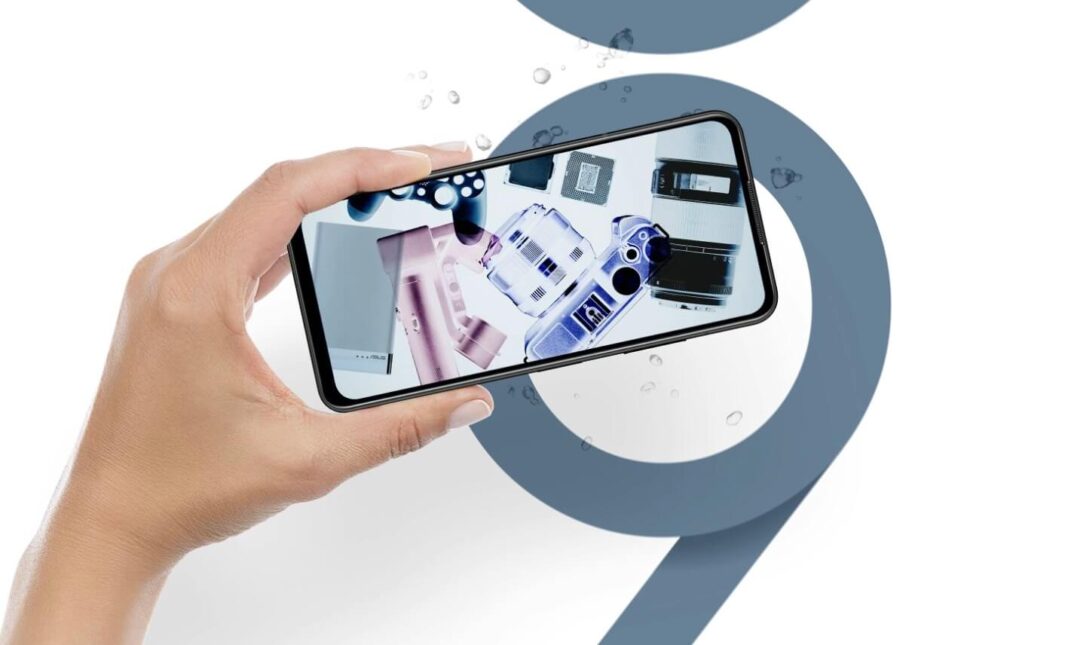
Nearly every third-party shortcut gesture you can imagine is included, including the ability to lock the screen with a double tap, take a screenshot with a three-finger swipe down, and control music playback by drawing a shape on a screen that is inactive. Back swipe gestures can be made less or more sensitive, and there is a one-hand mode. Double tapping the phone’s back will cause an action to be taken. The number of things you can do and adjust here is very overwhelming.
Performance And Battery Life
The Asus Zenfone 9 is among the first smartphones to come on the market with Qualcomm’s all-new Snapdragon 8 Plus Gen 1. Even though this chipset is a “Plus” version, reviewers that tested the Asus ROG Phone 6 Pro found that it actually represented more of a year-over-year improvement than just a mid-cycle refresh.
A Cortex-X2 core running at 3.2 GHz, three Cortex A710 performance cores running at 2.8 GHz, and four Cortex A510 efficient cores running at 2.0 GHz are all included in the Snapdragon 8 Plus Gen 1’s upgraded Qualcomm Kryo CPU. The improved CPU, according to Qualcomm, is 30% more power-efficient and 10% faster than the one found on the Snapdragon 8 Gen 1 chip. Similar results were obtained by reviewers when they tested the Snapdragon 8 Plus Gen 1 reference smartphone that Asus had previously sent to them.

